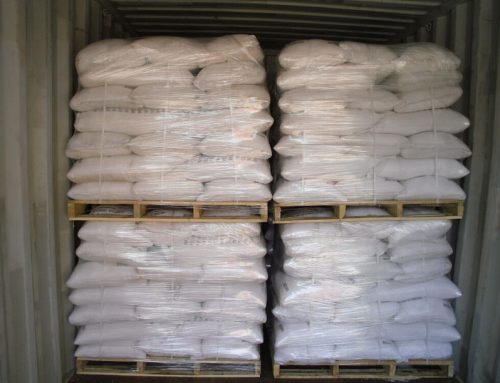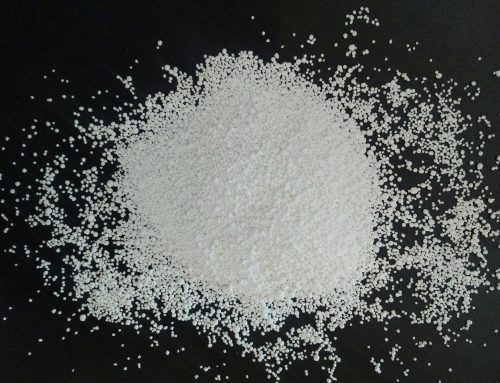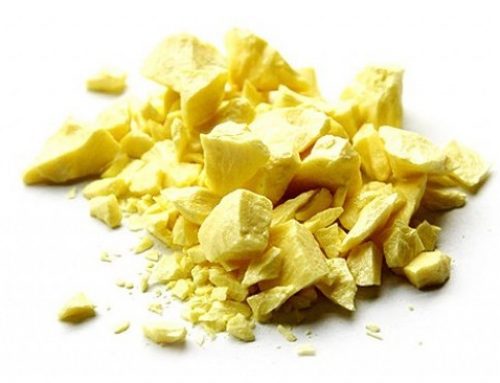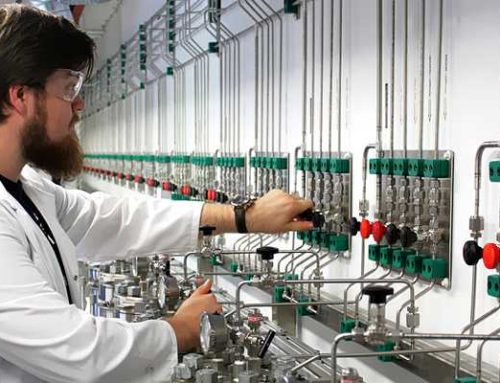How does Alkaline Water Electrolysis the process work?
In particular, the NaCl-ODC electrolysis process differs from the conventional membrane process on the catholyte side, as an excess of oxygen is also introduced which suppresses the formation of hydrogen. The selective effect of the catalyst promotes the oxygen consumption reaction and prevents the formation of hydrogen.
The ODC structure itself consists of a current distributor, a catalyst and a binder. The current distributor acts as support structure for the catalyst and the binder. It is made of a woven metal mesh. PTFE particles are the binder for the catalyst. The reaction proceeds in several steps: The oxygen consumption reaction starts by permeation of oxygen into the porous ODC structure followed by a second step, in which oxygen dissolves in the caustic electrolyte and diffuses on the catalyst surface. Oxygen is then chemically reduced and the reaction products are removed by convective transport. Characteristic of the process is the 3-phase boundary of liquid, gas and solid at the catalyst surface where the reaction occurs and which is an essential consideration in the cell design, bringing oxygen, caustic and catalyst into contact. This figuratively reflects the fuel cell process integrated into the Uhde single element.
From the anode compartment, where the chlorine is produced, Na+ ions migrate through the membrane which separates both compartments.
- Anode reaction:2 Cl → Cl2 + 2 e-
- Cathode reaction:H2O + ½ O2 + 2 e- → 2 OH-
- In total:2 NaCl + H2O + ½ O2 → Cl2 + 2 NaOH
The principle of the percolator design
A percolator is the key component for the separation of gas and liquid in the cathode compartment. It enables the formation of a caustic film between the membrane and the ODC. Thanks to the percolator design a constant oxygen and caustic pressure distribution is achieved over the entire height of the compartment..







Leave A Comment